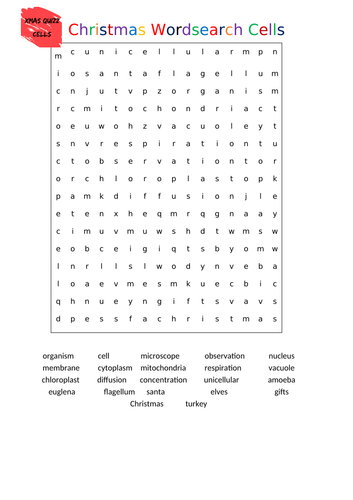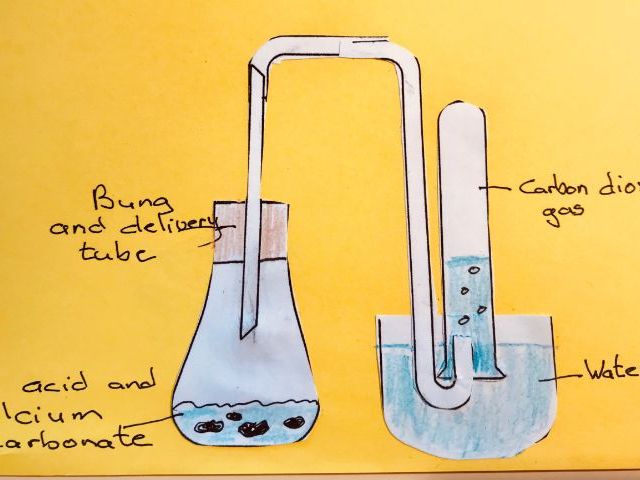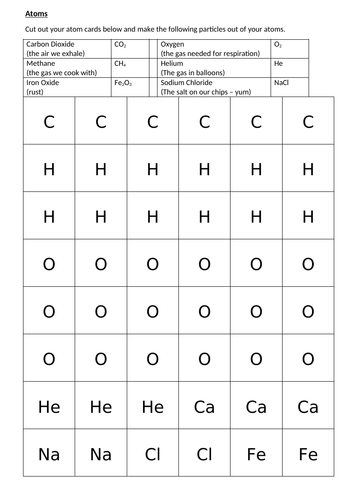Michelle Heelis
Experienced science teacher - 15 years of teaching. Commissioned resource author. Copy editor. Prefer active student-led activities and so tend to design accordingly. Save yourself heaps of planning time, for as little as £1.00. Funds generated from the sales of resource helps pay for the software and apps used to create my resources.





















